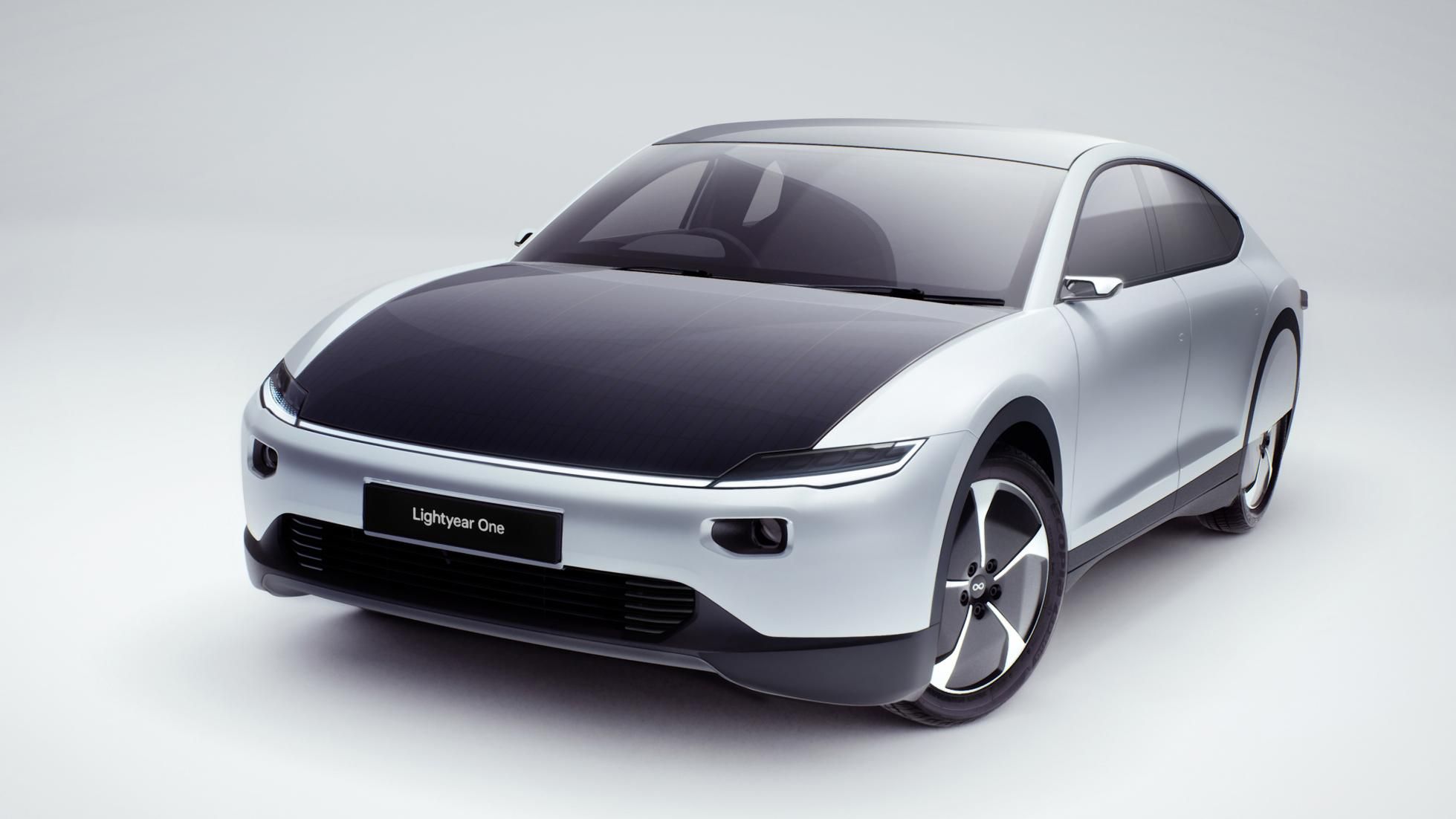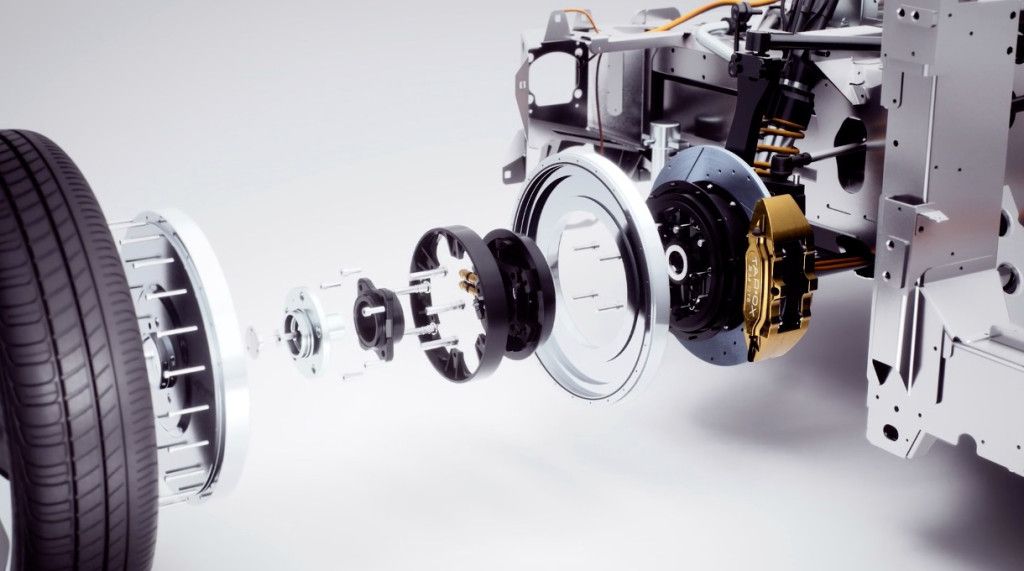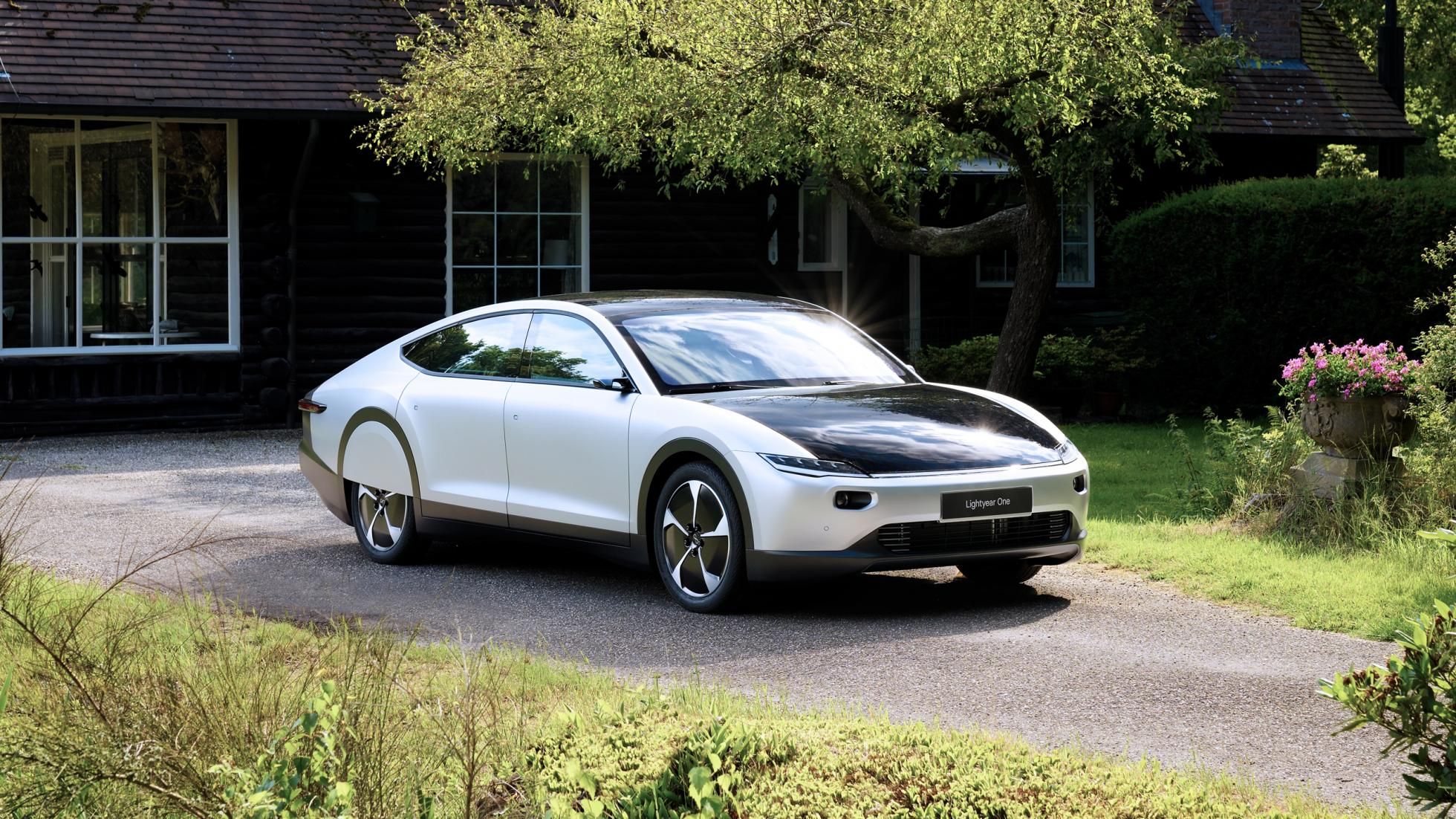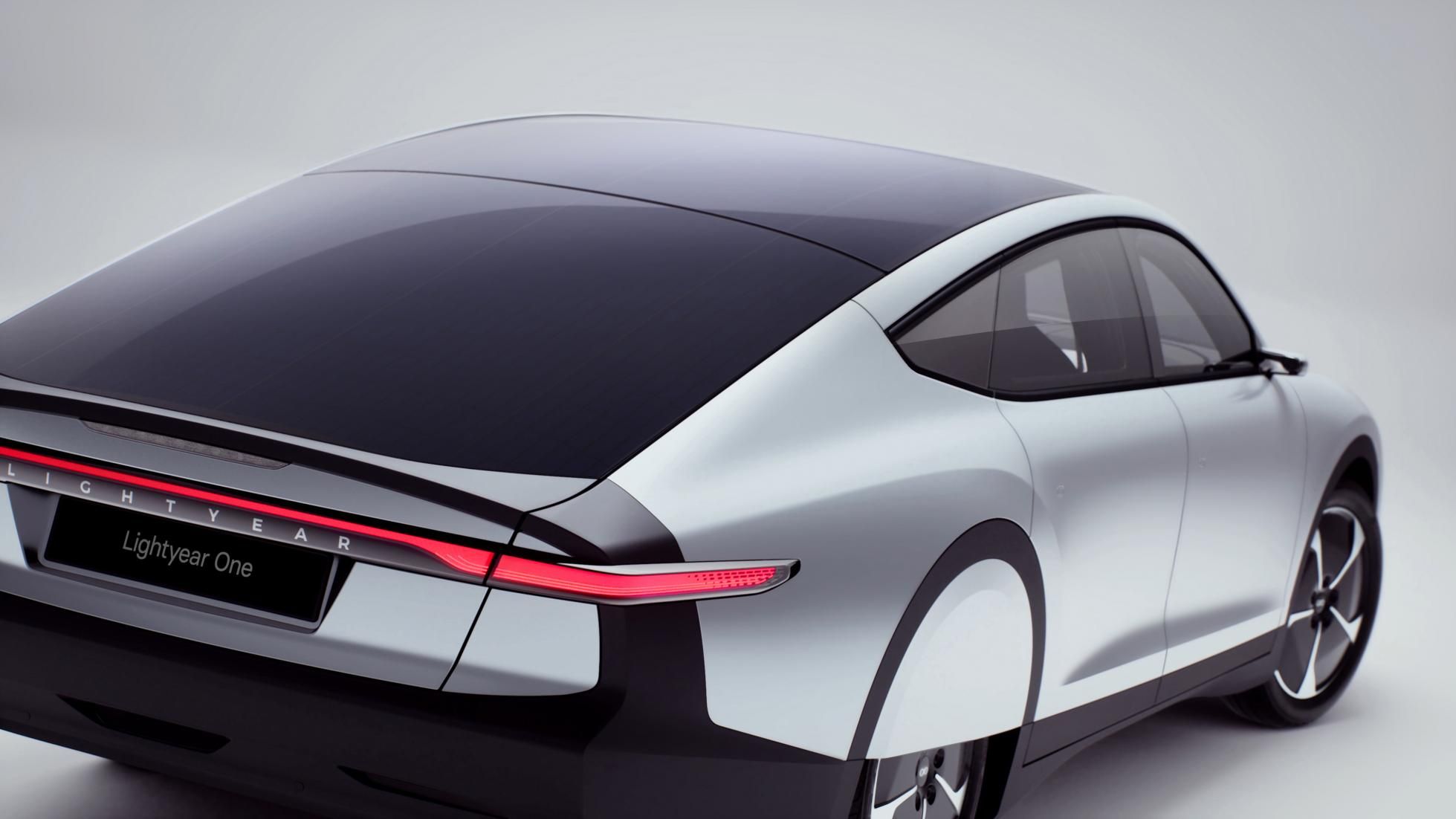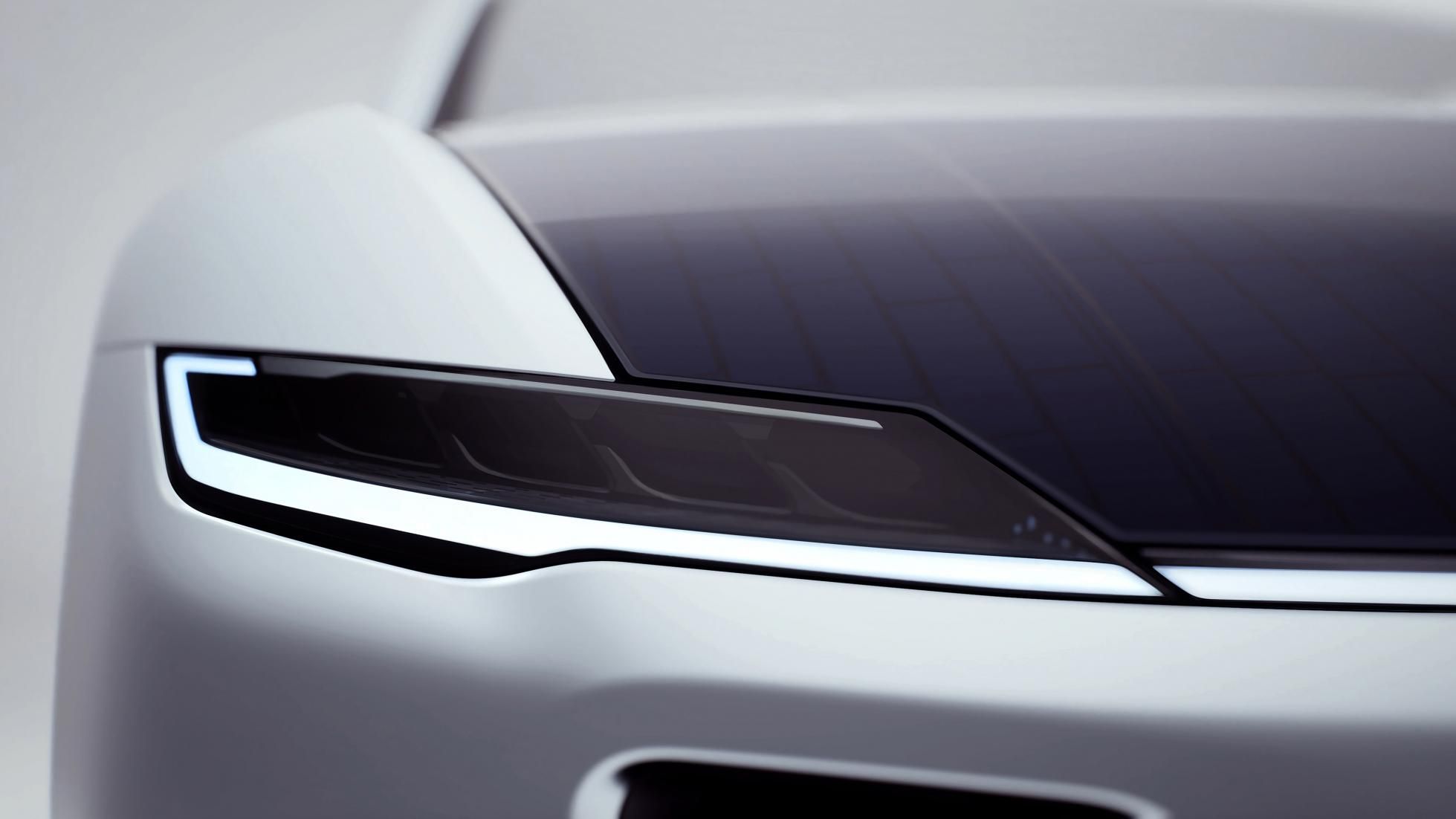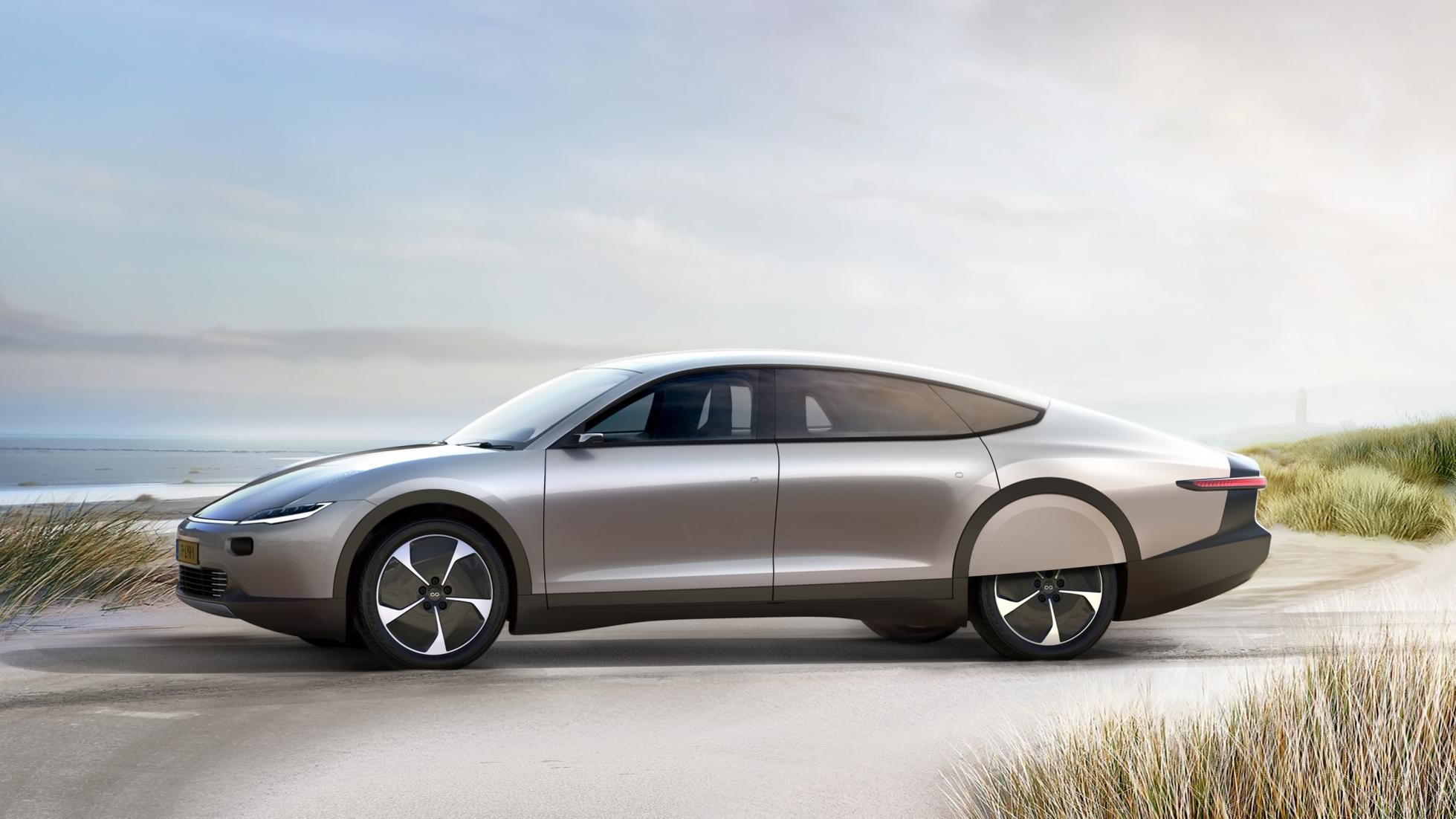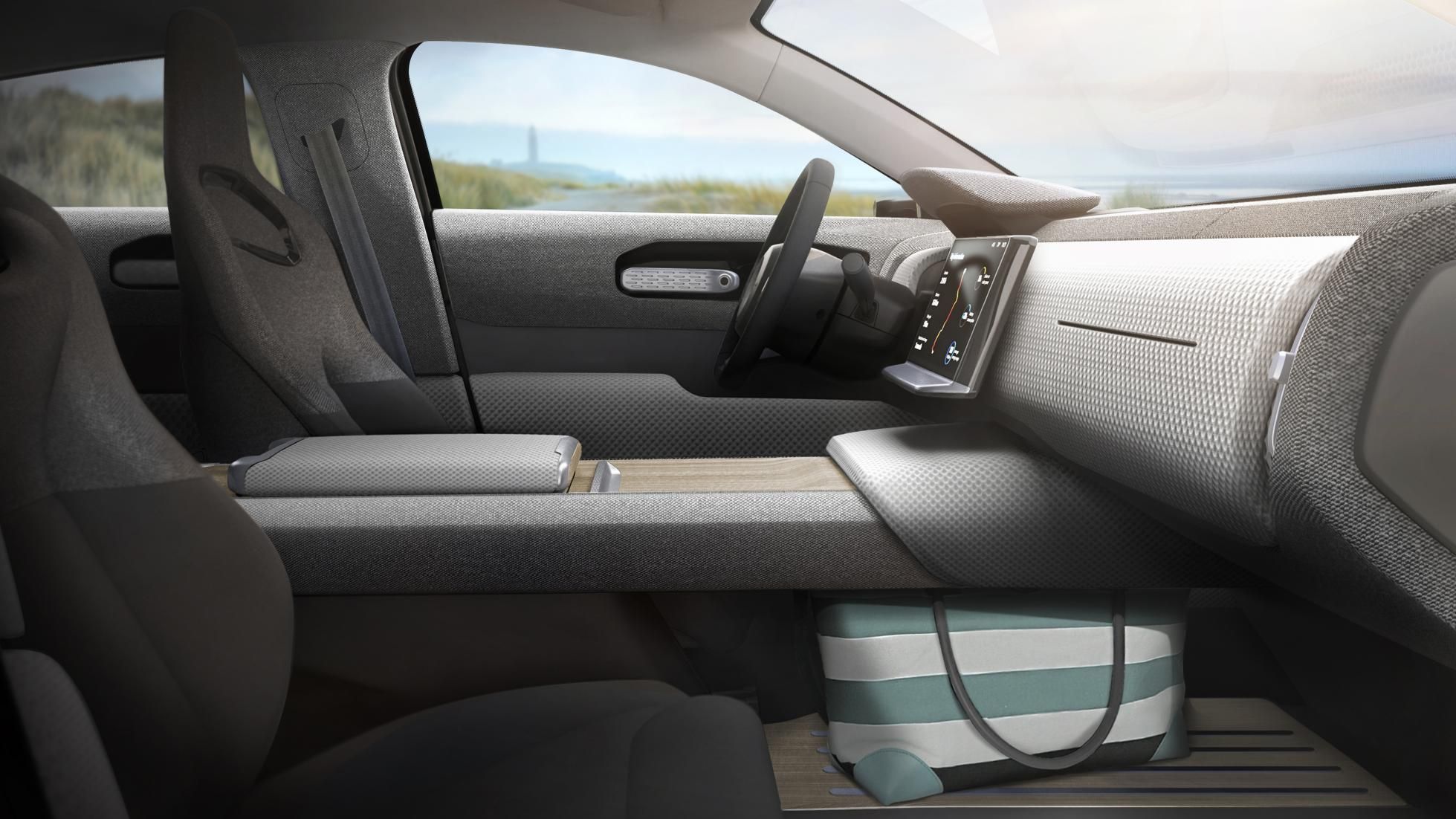Over the last decade, the race to find alternative ways to fuel our vehicles has sped up exponentially and many ideas have been presented as the solution to ween ourselves off fossil fuels. And while capturing solar energy is a viable means to make power, the idea to make an actual solar-powered car has not been especially high on any automakers’ list, until now.
This is the very promising Lightyear One, an all-electric car which you can charge just like any other EV, but one whose party piece is the fact that its roof is one big solar panel that does (slowly) charge the battery. This vehicle is a one-off prototype right now, but the plan is to have an initial production run of 500 examples.
Why should I care about the Lightyear One?
Well, its makers tout it as the world’s first all-electric vehicle whose battery is also charged by the sun. Its claimed one-charge range is a very impressive 450 miles (725 km), measured according to WLTP standards. That is more than the longest-range EV currently available, the Tesla Model S, a vehicle with a claimed range of 370 miles (595 km).
And things get even better for the Lightyear One because unlike the Model S, which you need to take to a charging station to top up the battery, because of the solar panels on its roof and hood. The company behind it says that the solar panels the One has covering its entire top section (5 square meters or 54 square feet) make 20 percent more energy than traditional ones and that they can provide an extra 31 - 43 miles (50 - 70 km) of range per day in summer.
That’s a charging rate of 12 km/h (7.5 miles per hour) which is not impressive when you compare it to the charge rate achieved by using the most powerful fast charger the car can handle; at 60 kW, it charges the battery at a rate of 570 km/h. But even so, the 12 km/h rate should, in theory, provide enough of a trickle back into the battery to allow the owner/driver to a make a short daily commute without ever having to plug the car in, especially if he or she lives in a place that gets a lot of sunlight.
Lightyear One drivetrain specifications
|
Range |
725 km (WLTP) |
|---|---|
|
Drive |
All 4 independently controlled. Advanced torque vectoring. |
|
Energy use |
83 Wh/km (WLTP) |
|
Acceleration 0 – 100 |
ten seconds |
|
Dimensions (L x W x H) |
5057 x 1898 x 1426 mm |
|
Charge speeds |
|
|
Solar |
12 km/h |
|
3.7 kW at 230v |
35 km/h |
|
22 kW (Public) |
209 km/h |
|
60 kW (Fast charging) |
570 km/h |
|
Seating |
Five adults: two in front, three in back |
|
Luggage space |
|
|
Normal |
780 L |
|
Extended |
1701 L |
|
Center console |
12 L |
In case you were wondering if the panels themselves are vulnerable to being damaged and whether or not they require extra precautions and maintenance, the official information says “the roof and hood of Lightyear One comprise of five square meters of integrated solar cells within safety glass so strong that a fully grown adult can walk on them without causing dents.”
Mainstream manufacturers like Hyundai and Kia have shown similar large panels in recent years, but only as very early prototypes with no clear time frame for when they would be used in a production vehicle. Nissan did offer a tiny solar panel for the previous-gen Leaf EV, but it was by no means big enough to put any kind of significant current back into the battery.
Toyota offered the previous-gen Prius (non-PHEV) with a solar roof (a much larger one than on the Leaf), but the electricity it produced didn’t go towards powering the car, and was only used just for ventilation instead.
The only similar solution to Lightyear’s is on the Karma Revero PHEV whose solar roof does put juice back into the battery, but at a rate many times lower than what Lightyear is claiming - Karma says its solar panel charges the Revero’s battery at a rate of no more than 4.4 km (2.74 miles) per day. In ideal conditions, this provides between 800 - 1,600 km (500 to 1,000 miles) of extra range per year - Lightyear claims the One’s solar array generates 20,000 km worth of energy annually, although it does not specify how it arrived at this number.
The Lightyear One is an impressive technical achievement
The core team behind Lightyear One has experience in the creation of solar cars (you might know them as Solar Team Eindhoven). However, unlike their former projects that were solar vehicles created with the sole purpose of winning competitions (the Bridgestone World Solar Challenge that they won in 2013 and 2015), Lightyear One not only has to work as a no frills solar-electric car whose main purpose is to be as efficient as possible, but it also needs to work as a luxury sedan, because that’s what it’s being sold as. The business model is one that has been tried and proven to work - you launch your first model which is an expensive, exclusive vehicle that provides high profit margins for the company that makes it and then you use the money you make selling these cars to make the tech cheaper and eventually launch cheaper models.
This prototype electric sedan has a drag coefficient of just 0.20 Cd (a Tesla Model S manages 0.24 Cd), it can seat five adults for whom it provides ample space inside and aside from that it has an impressive amount of available load volume for cargo - a whopping 780 liters (27.5 cubic feet) which can be extended to 1,701 liters (60 cubic feet) - that’s enough to carry about 30 beer kegs, 150 basketballs or around 1,000 ostrich eggs, plus it’s also bigger then most sedans or wagons currently on the market in any size or price bracket - it’s only the Tesla Model S with its 894 liters (32 cubic feet) that rivals it.
Forward motivation for the vehicle comes from four in-wheel hub motors whose power output (combined or otherwise) has not been mentioned. All we know is that they provide sufficient oomph to get the car from naught to 100 km/h (62 mph) in 10 seconds; top speed is not mentioned, nor is the entire capacity of the battery pack - regarding the latter, all that’s said is it’s “relatively small” so it’s definitely smaller than the 100 kWh pack you can get in the longest range Teslas these days; maybe the One’s battery pack is around 50 kWh.
Another important bit of technical information that’s been provided to us has to do with the One’s energy consumption, rated at 83 Wh/km. Compare that to a Tesla Model 3 (standard range) rated at 160 Wh/km, the Hyundai Ioniq Electric rated at 154 Wh/km and you notice that the Lightyear One is nearly twice as efficient and keep in mind that these two vehicles are the most efficient EVs currently on the market.
How much is the Lightyear One and when can I have one?
The plan is to bring the model to market by 2021 for a price of €149,000 ($170,000) and you need to pay at least €119,000 ($135,000) for a reservation. Of the 500 planned production run, so far about 100 pre-orders have been placed, so there are still about 400 cars available. The price does seem steep even if you compare it other pricey EVs, but the Lightyear One is a thoroughly unique proposition and if it works as they advertise it, then for many people I’m sure it will be well worth the price.
If you’re not convinced it’s a real vehicle and not vaporware, check out this lengthy and very detailed preview of the Lightyear One solar car, courtesy of the Fully Charged YouTube channel. In it, the host, Robert Llewellyn, is shown around the first ever prototype of the car and he even goes for a short ride in the back of it.

